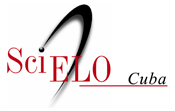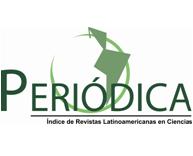COMPARATIVE ANALYSIS USING DIPIRONA DEGRADATION PROCESS WITH PHOTO-FENTON UV-C LIGHT AND SOLAR RADIATION
Keywords:
Dipyrone, AOP, HPLC, Photo-Fenton, Kinetics, ValidationAbstract
The contamination of water bodies is a major concern on the part of scientists from different parts of the world. Domestic and industrial activities are the cause of the daily pouring of various types of pollutants which are in most cases resistant to conventional treatments of waters. Among the contaminants, especially noteworthy are the drugs in which it is found that 50% to 90% are discarded without treatment. The concerns about these substances are the adverse effects to human health and animals, especially in aquatic environments. The advanced oxidation processes (AOP) have been studied and applied as an efficient alternative treatment, in order that it can be applied to the degradation of the different pollutants, considering that can generate hydroxyl radicals, highly reactive even somewhat selective. This study evaluated the efficiency of the photo-Fenton process using UV-C radiation and sunlight to degradation of the drug dipyrone in aqueous solution contaminated with the active ingredient of the drug at a concentration of 20 mg.L-1. Assays were performed with 50 mL aliquots of the solution following 23 factorial designs with central point, and the variables studied: addition of H2O2, adding FeSO4.7H2O and time. The detection and quantification of dipyrone before and after the AOP was performed by high performance liquid chromatography (HPLC) and verified that about DE100% degradation of the compound was obtained.




















